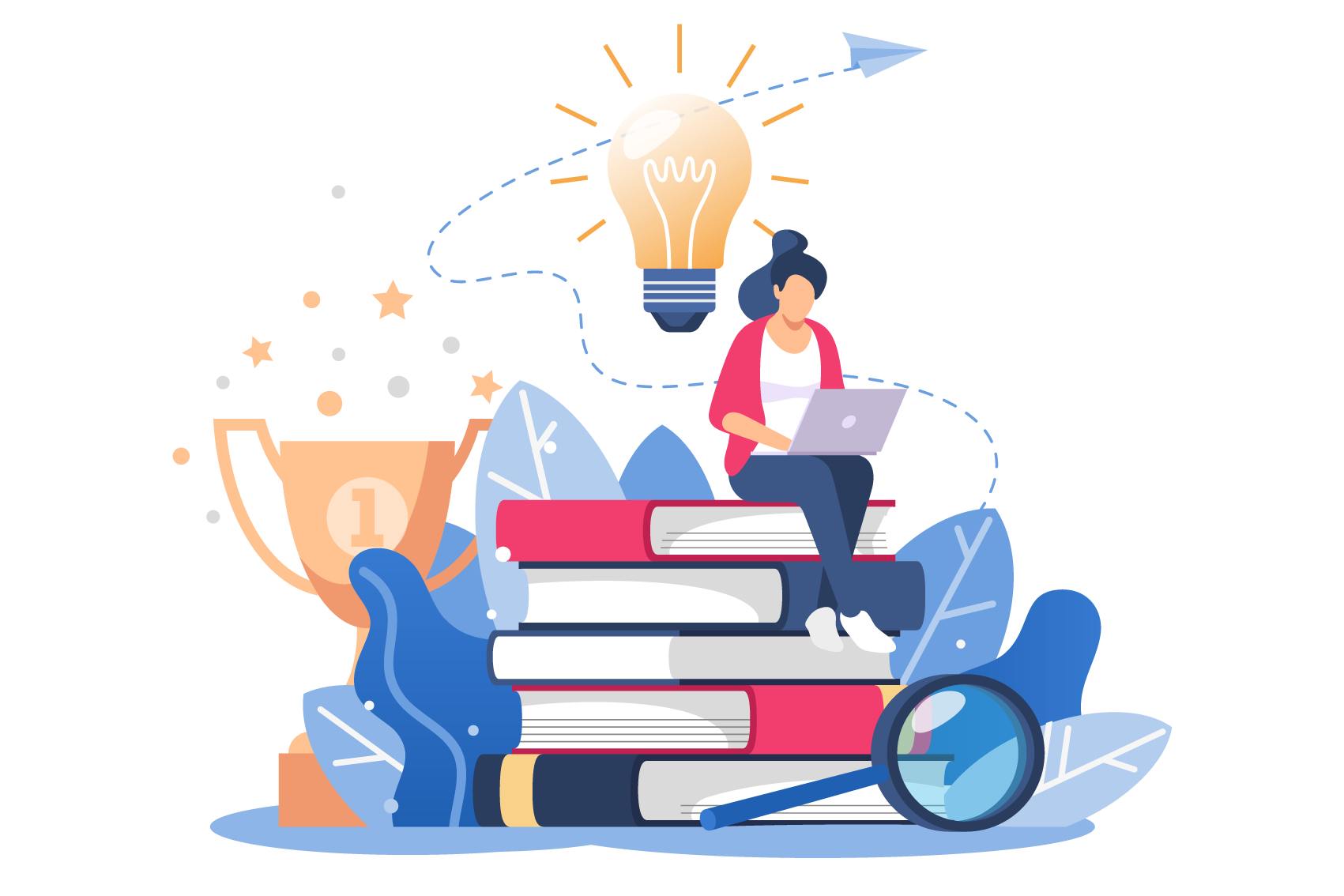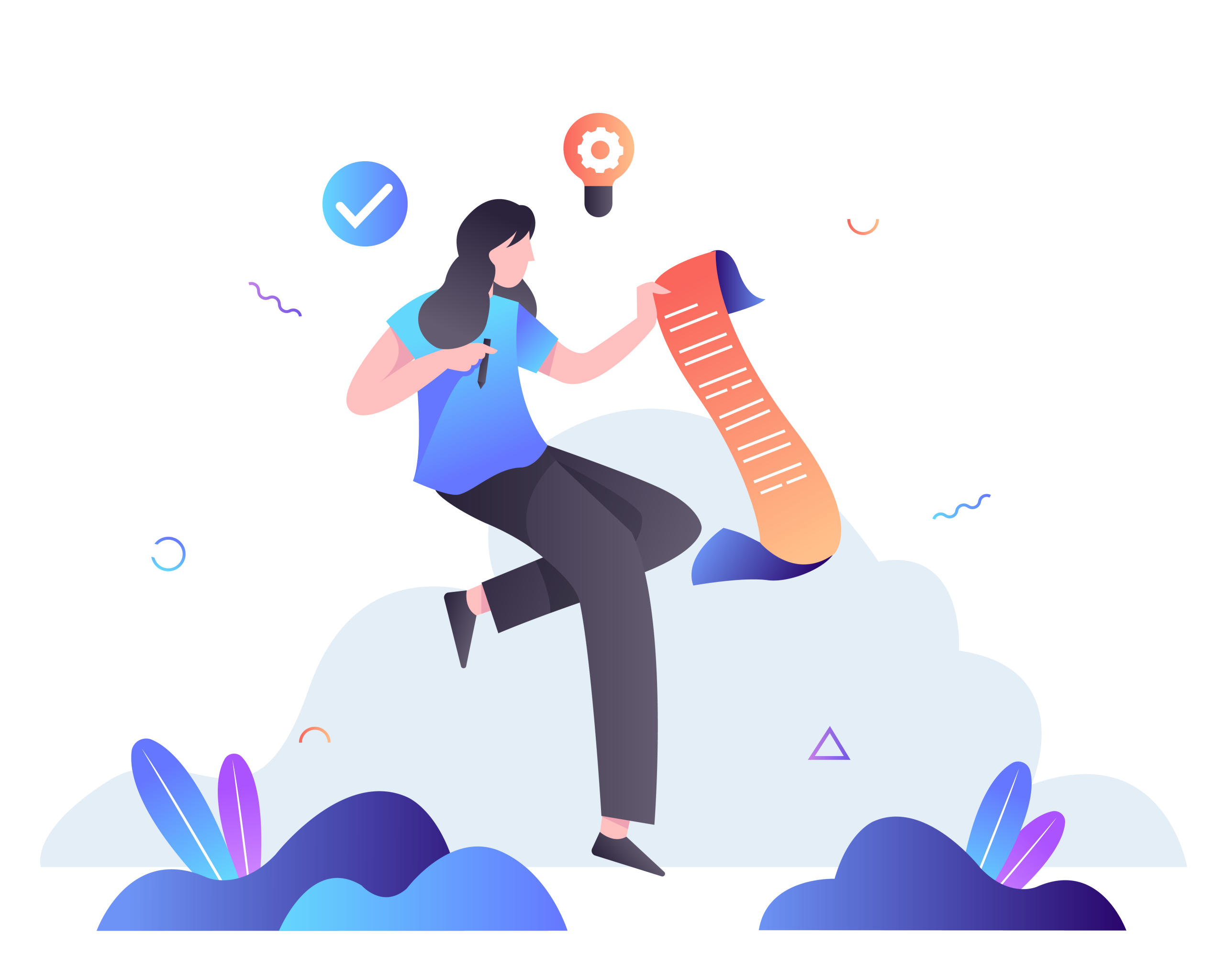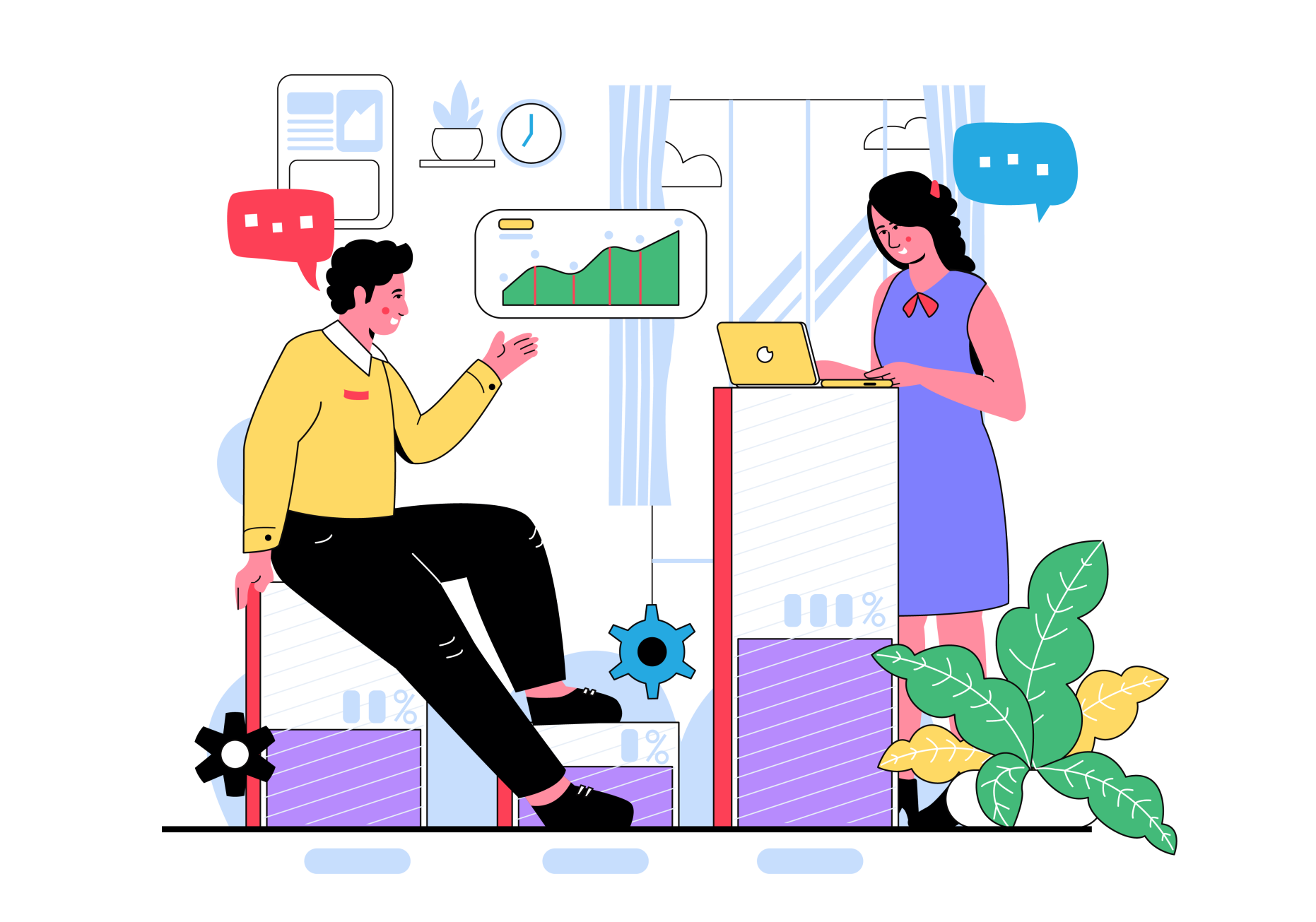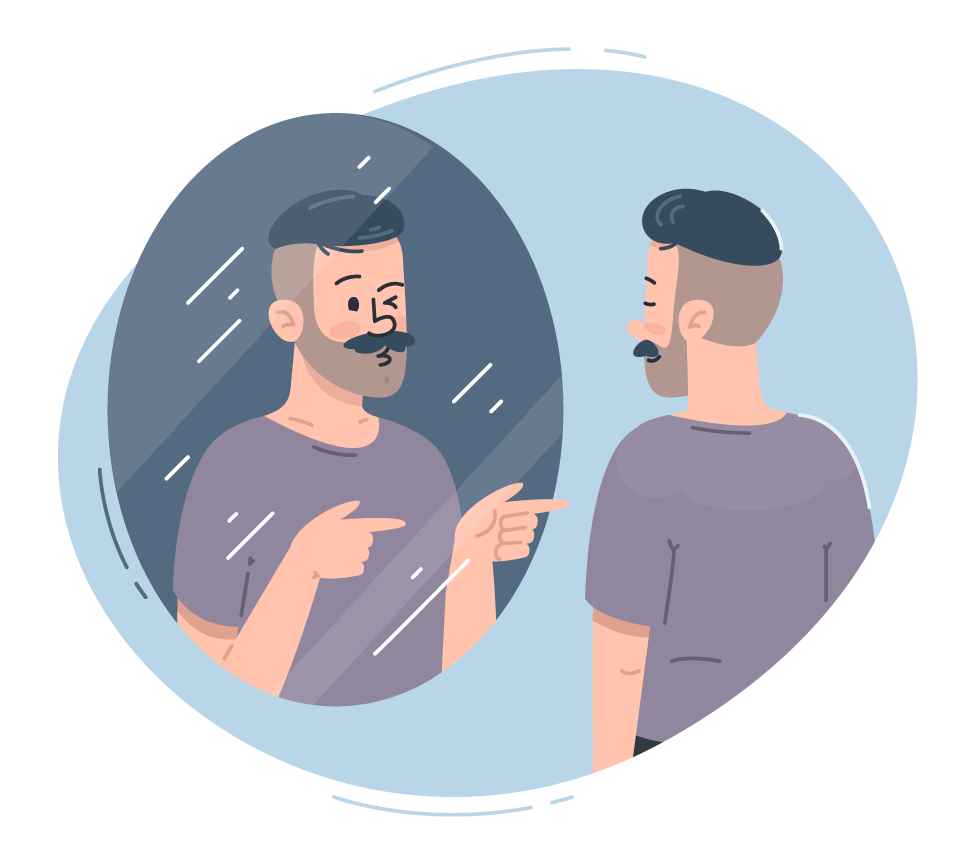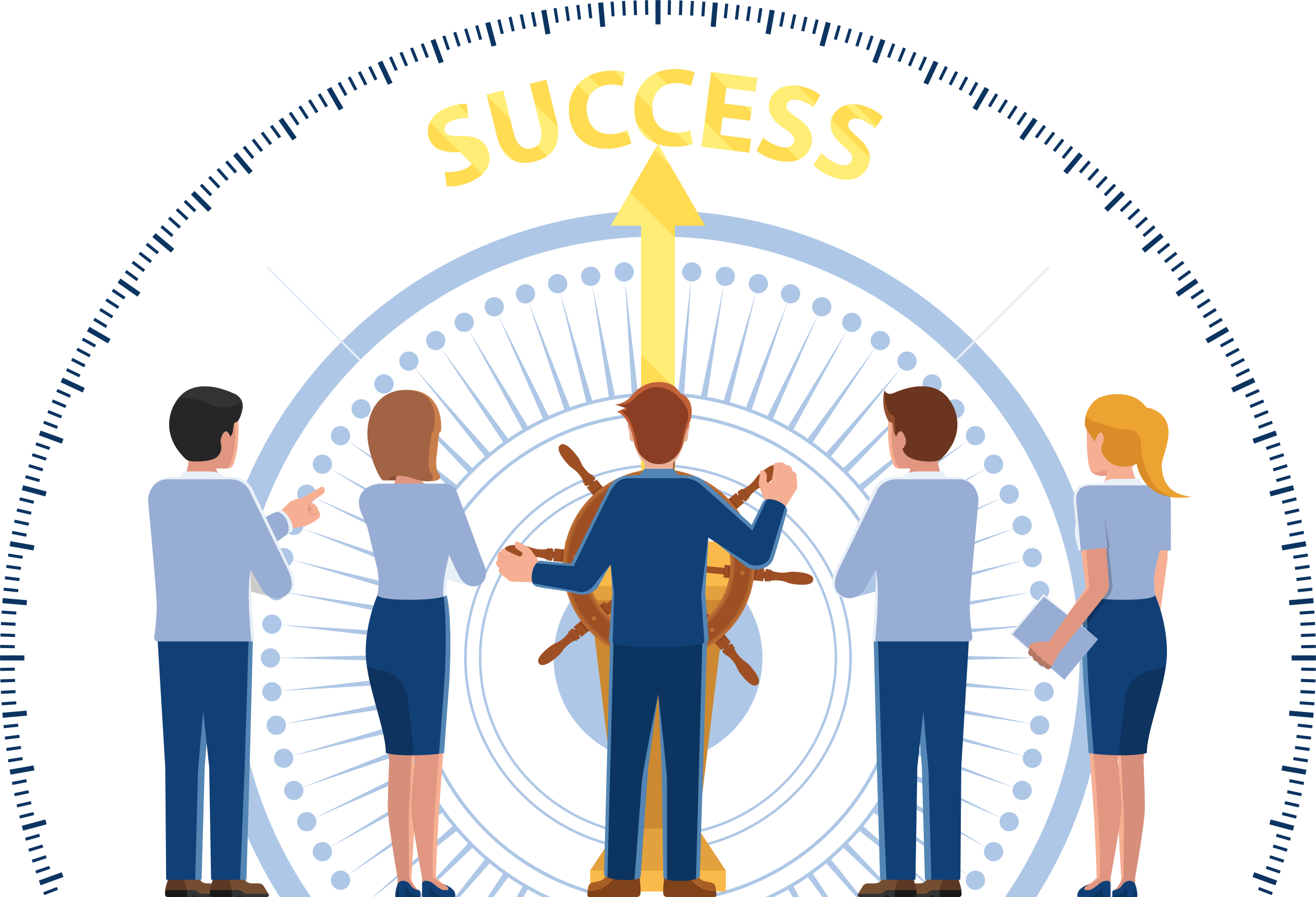The Importance of Continuous Learning in Customer Success for SaaS
Cast your mind back ten or 20 years, and companies offering software as a service (SaaS) didn’t even exist. Today, the number of SaaS businesses and startups continues to grow, having not only carved out a niche in an existing market but created an entirely new market for companies to compete in. Moreover, leading SaaS businesses are redefining how we think about business. The introduction of the concept of customer success is one example of these companies’ capacity to innovate. To be effective, customer success strategies need to be built on continuous learning. In this article, we’re taking a closer look at what constitutes customer success and how to integrate continuous learning into it.
Customer Success in the SaaS Industry
Before we look at the importance of continuous learning in the SaaS industry, it’s worth clarifying the term customer success. Customer success is essentially a form of customer relationship management that has become more specialized. Customer success managers and their teams focus specifically on enhancing existing clients’ satisfaction with a software as a service product.
Effective customer success management reduces customer churn and increases a company’s chances to up-sell its products. In the context of SaaS, ensuring customer success means showing customers new or more efficient ways of using a product they already own. Put simply, customer success teams help customers get the most out of their subscriptions.
By doing that, they make sure the SaaS product in question becomes something customers not only value but consider to be unmissable – or essential – in their life. Continuous learning is one of the keys to achieving that goal.
The Role of Continuous Learning in Customer Success
Customer education is critical throughout the SaaS sales process. Beginning with trial subscriptions and quick-start videos, SaaS businesses tend to increase their sales when they allow prospects to experience the product before committing to a subscription.
The same principle applies to existing customers and upgrading to a higher subscription level. Teaching customers how to get the most out of the product they already own, should never stop short of showcasing the features they could also benefit from if they chose to access a wider range of features or a fuller version of your product.
The Benefits of Continuous Learning for Customer Success
If this approach of continuous learning for customers feels like too much of a hard sell, try considering it from a different perspective. Isn’t it only fair that your company lets existing customers know what else they could do with your product?
Rather than focusing the majority of marketing efforts on winning new customers, educating existing clients about how to make better use of a product is often more cost-effective. Continuous education can turn inactive or barely active subscribers into regular users. In time, they may even become advocates for your product, recommending it to friends and family.
Strategies for Implementing Continuous Learning Programs
So, how can your business implement a continuous learning program?
As is the case with most business strategies, the development of a continuous learning strategy starts with goal setting. What are you trying to achieve? Common goals for SaaS businesses include:
- Increase conversions of free, temporary trials into subscriptions
- Grow the percentage of subscription renewals compared to previous years
- Increase the number of upgrades from basic to more comprehensive subscription levels
- Encourage a more comprehensive use of a SaaS product at the existing level of subscription to improve the customer experience and ensure the product delivers the highest possible value to customers
Based on your company’s goals, your customer success team can start developing highly promising customer success strategies. Aside from free trials, those may include tutorials and webinars customers can access on-demand. If you’re selling a higher-value SaaS product, consider offering personalized training sessions to key customers or those who are likely to become product ambassadors.
If you’re unsure about the most promising continuous learning strategy for customer success, don’t hesitate to ask existing customers. Who would be better placed to tell you what it would take for them to renew their subscription or upgrade to the next level than your existing users?
Take positive feedback alongside any suggestions for improvement or seemingly negative feedback. In many cases, you may be able to learn more from the latter than you take from compliments.
Measuring the Impact of Continuous Learning
Depending on your SaaS product, there are several options for measuring the impact of continuous learning on customer success.
Measuring the percentage of renewals and subscription upgrades will work as an indicator of impact or success for most SaaS products and services. If your app or other product measures the number of hours users spend with it, you could also use them as an indicator of success.
In some cases, numbers don’t tell the whole story. Instead, you may want to measure customer attitudes and opinions about your product. In these surveys, it’s generally worth leaving room for free-form answers, allowing clients to share suggestions that may prompt your next strategic move.
Overcoming Challenges in Continuous Learning
It’s only natural for marketers to think that all subscribers want to get the most out of their SaaS subscription. For many users, this is true. However, others may have chosen your product by chance only or selected it for a specific purpose. Once that purpose has been fulfilled, they may be ready to move on.
Having said that, accommodating different learning styles is among the more common challenges in continuous learning within the SaaS industry. Over the past few years, online learning has noticeably grown in popularity. The coronavirus pandemic only accelerated this trend, but not every user learns well through remote or online channels.
The most successful and effective training programs combine demonstrations with hands-on opportunities to practice or try out features. They also include on-demand support via chatbots or customer success team members, ensuring that users are never left alone with an issue.
Integrating all these elements into a continuous learning program for customer success will give your business the best chance of retaining and expanding existing business while also catching the attention of new customers.

